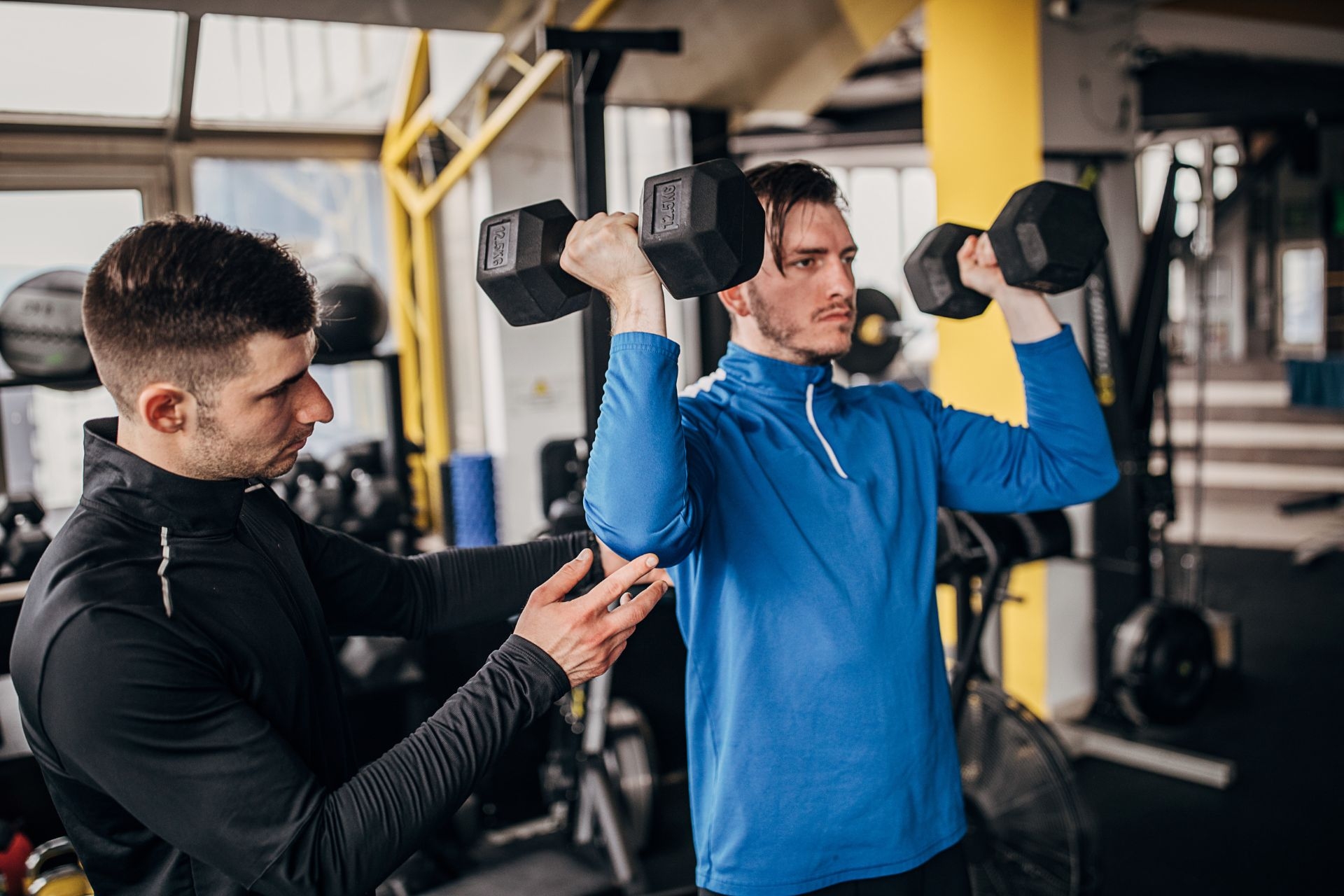Wave Loading
What is wave loading and how does it differ from traditional strength training methods?
Wave loading is a strength training method that involves alternating between heavy and light sets within a single workout session. This technique differs from traditional strength training methods in that it allows for varying intensities within the same exercise session, which can help to stimulate muscle growth and improve overall strength more effectively.




